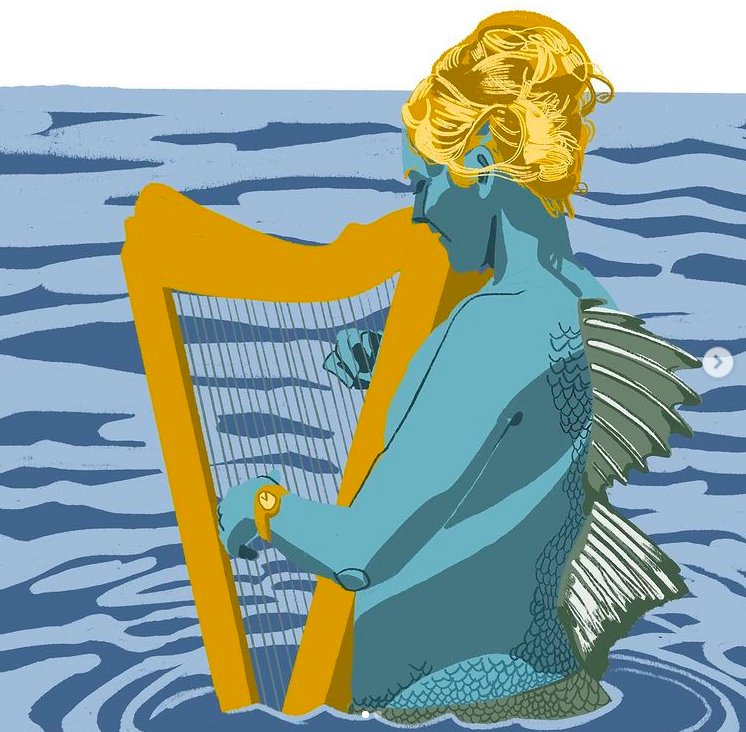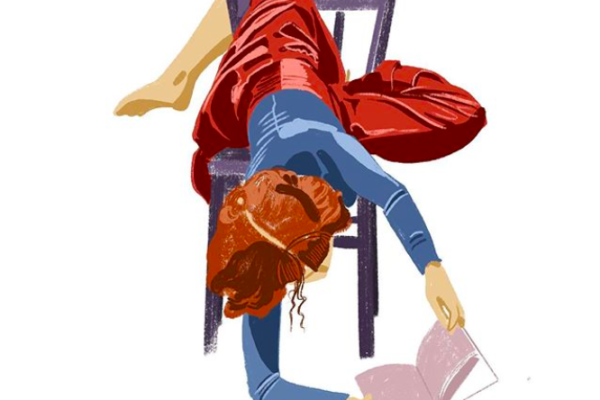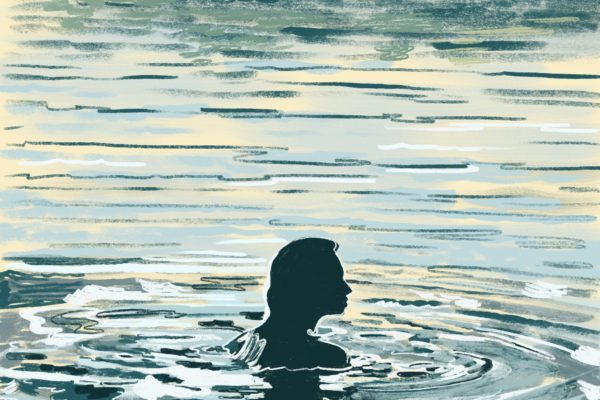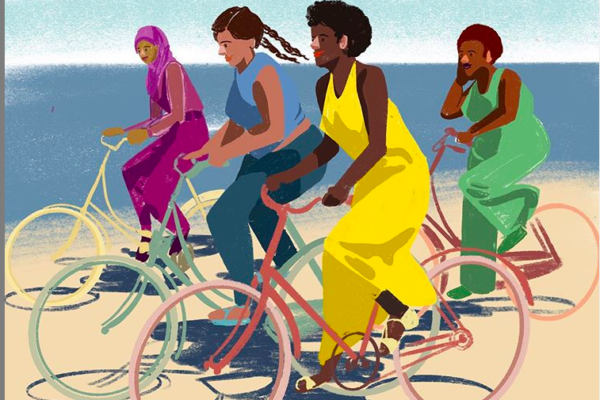I’m writing this an eighth of a mile from the shore of Lake Michigan. From the 20th floor where I’m sitting, I can see its blue shimmer.
But if I’d been at these particular coordinates three hundred years ago, I a) wouldn’t have been this high up because there would have been no building yet, and b) my feet would be wet. Where I am would have been shoreline, and instead of my typing words I’d be dodging waves.
The OMC studio is near where the water from the Chicago River flows into Lake Michigan, then as now. Centuries ago, though, the two didn’t meet at a right angle. It wasn’t one straight line (the river channel) intersecting with another straight line (the shoreline). The river water didn’t pour faucet-like into an unchanging lake. What was then land and what was then water was hard to label because if you mapped something “water” one day, the next it might be a dry sandbar, and if you mapped for yourself a nice place to stand where you wouldn’t get your feet wet, the next time you returned, it would be overrun by ankle deep water.
Trying to get your work published is like a natural river, where the course is ever changing. There is no one single channel—let’s call it the Writing River—where you can step from the reliably dry surface of a dock onto the decking of a boat, pay your money, sit down in a comfy seat and sail out into Lake Publish.
Instead what we have are rivulets, a thousand ways to get into Lake Publish, and they change character and position all the time. Reliable ones close down. New ones open. Some take you way off to one side before veering back and floating into the lake. Some take you way off to one side and leave you there at a dead end and it’s up to you to trudge back and find another way, a different channel through which to publish.
Publishing isn’t a theme park where everyone sits safely in a cart and experiences an identical ride. Instead, it’s wild, it’s real life: Beautiful, uncertain of outcome, variable, surprising and worth every penny.




